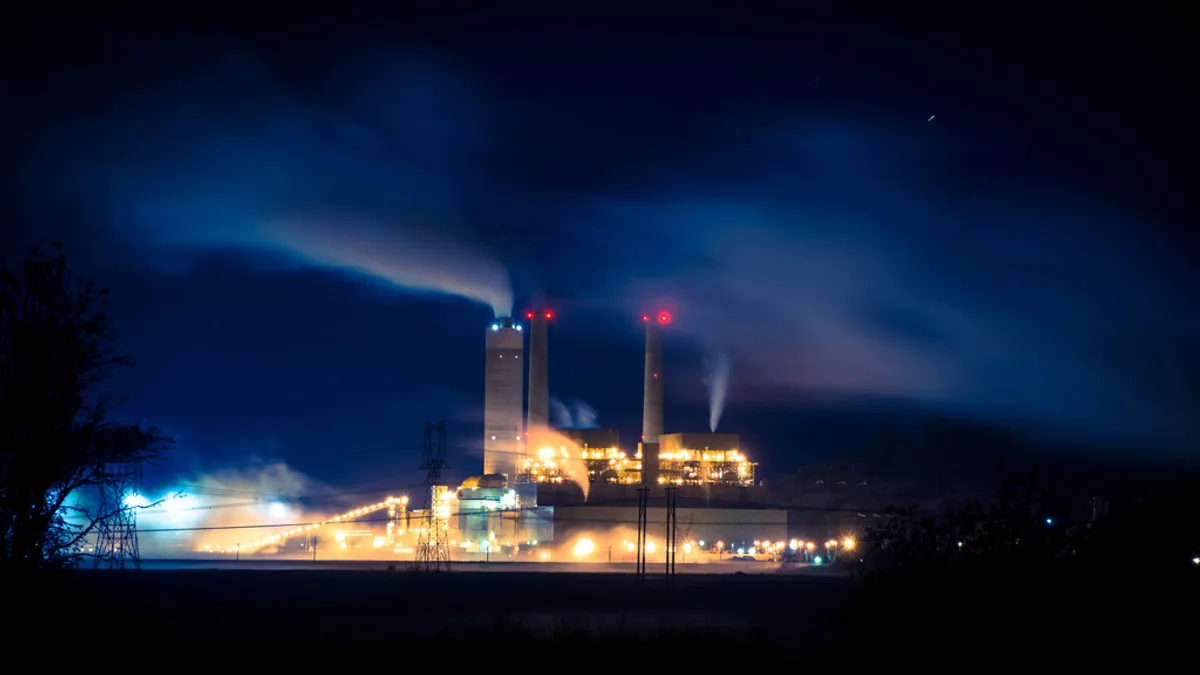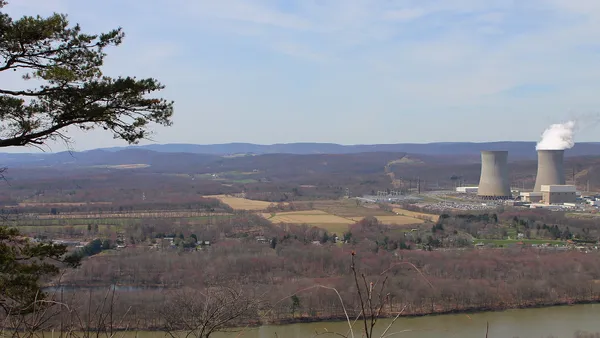Dive Brief:
- PJM Interconnection weathered the 2015 winter months better than the year before, helped in part by low gas prices and a set of new reliability plans, but forced outages above historical norms must still be addressed.
- Coal burn in the first three months of the year fell 14%, Argus points out, in part due to natural gas prices which in some regions were almost half the cost they were in 2014.
- PJM set a new all-time winter peak in February, and met the demand while maintaining reserves, without the need for emergency demand response, shortage pricing or emergency energy purchases.
Dive Insight:
For the second consecutive year, PJM Interconnection experienced challenging winter temperatures which drove demand and spiked outages. But while improvements still need to be made, the grid operator has issued its 2015 winter report finding operational improvement over the 2014 winter with its Polar Vortex.
In part, PJM said in the report, the improvements "reflected actions taken by PJM and its members as a result of analysis, lessons learned, and implementation of recommendations from the 2014 experience. With generation outage rates remaining above historical norms in 2015, PJM continues to see the need for sustained incentives to improve generation performance, particularly during peak winter demand periods."
Coal is still the biggest fuel in PJM, and Argus reported that it accounted for 43% of PJM's generation from January through March. But that's down from almost 50% a year ago when cold weather took some gas-fired power plants offline.
February generator performance showed improvement, PJM said, with forced outages below 2014 levels. When the grid hit an all-time winter peak on Feb. 20, 2015, the forced outage rate was 13.4%, representing 24,805 MW out of service. But while the 2015 winter peak forced outage rates were better than the 22% seen on the coldest day last year, it is still above historical norms which top out around 10%.
"The performance improvements of winter 2015 over 2014 are attributed to steps PJM and generation owners initiated after the winter of 2014 experience: pre-winter operational testing for dual-fuel and infrequently run units, a winter-preparation checklist program, better communication of fuel status and increased coordination with natural gas pipelines," the operator said in the report.















